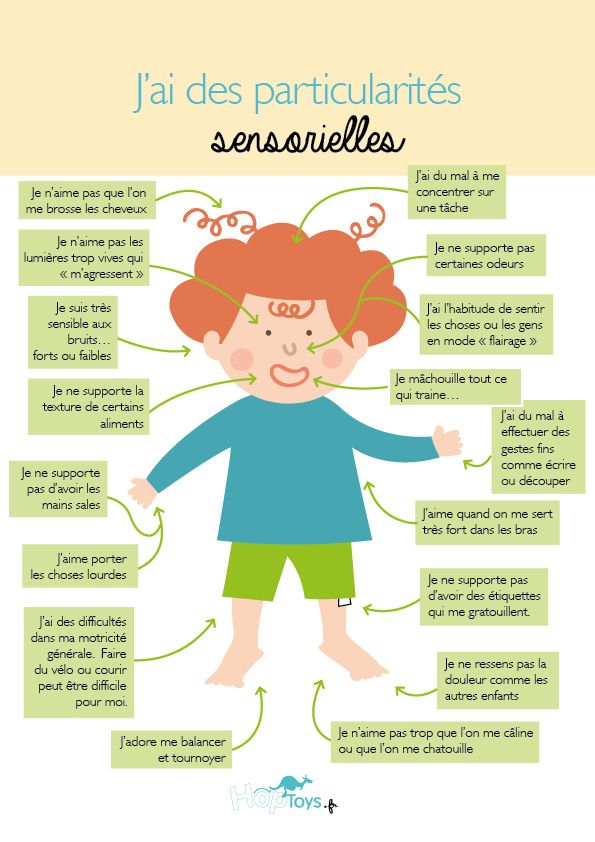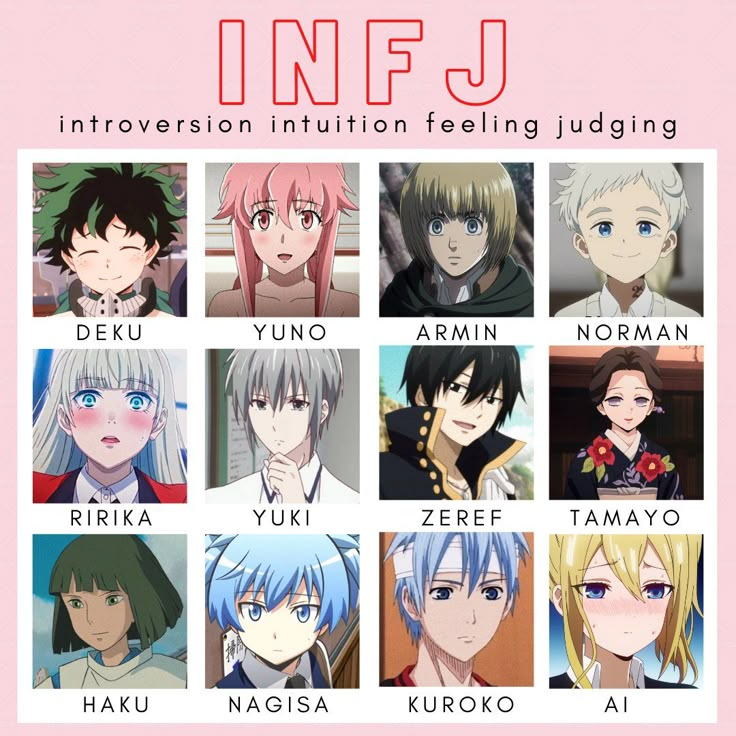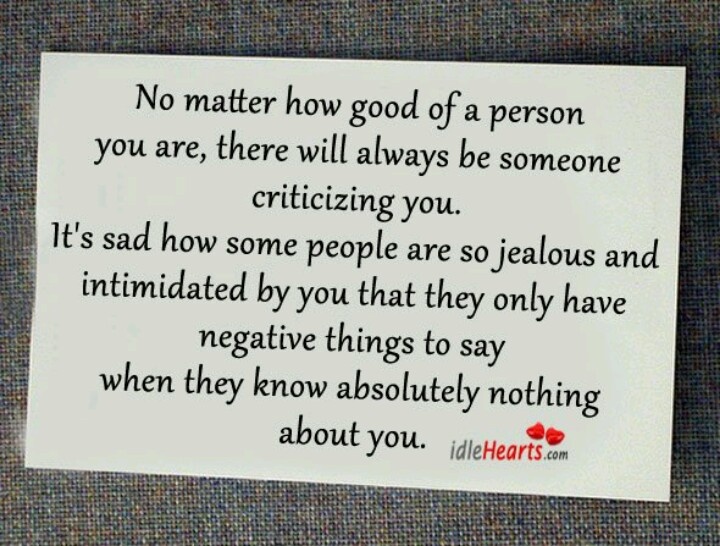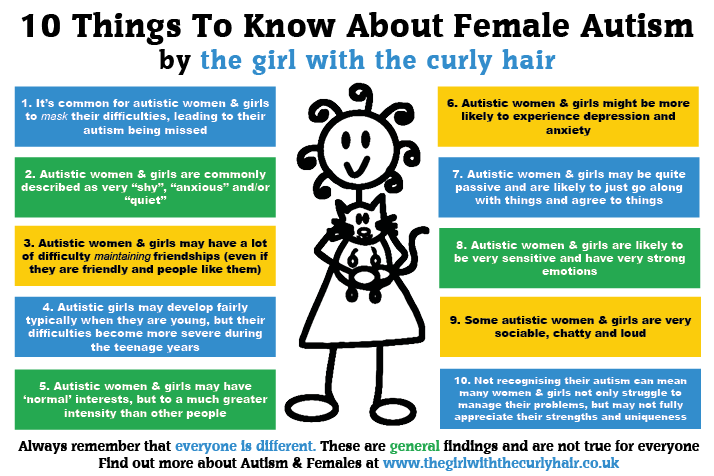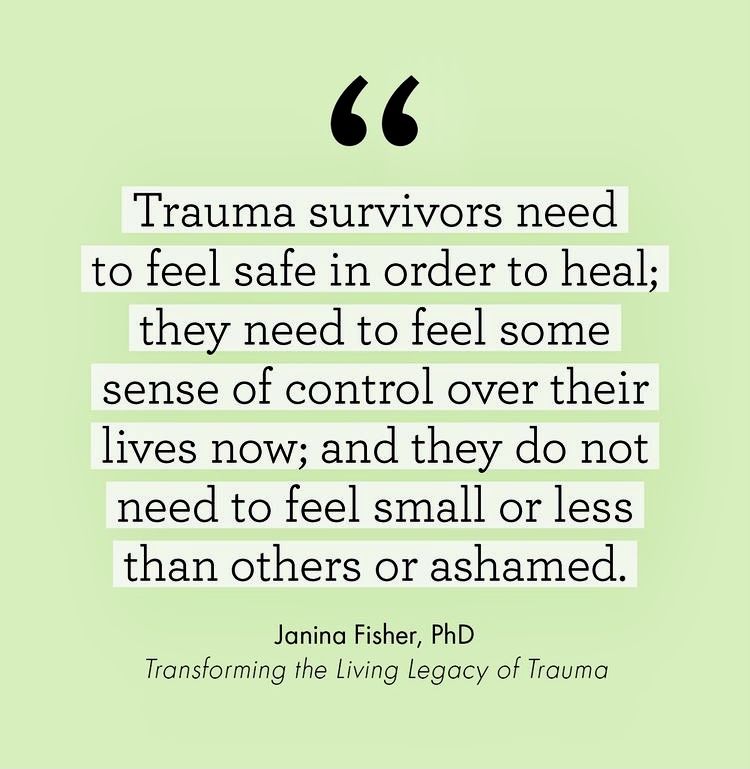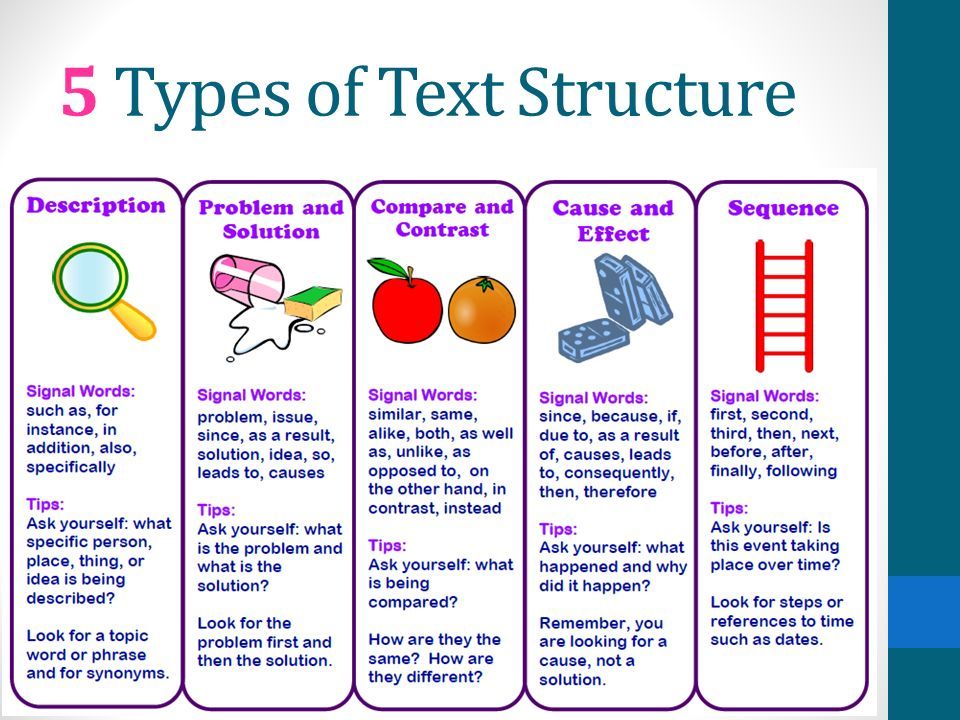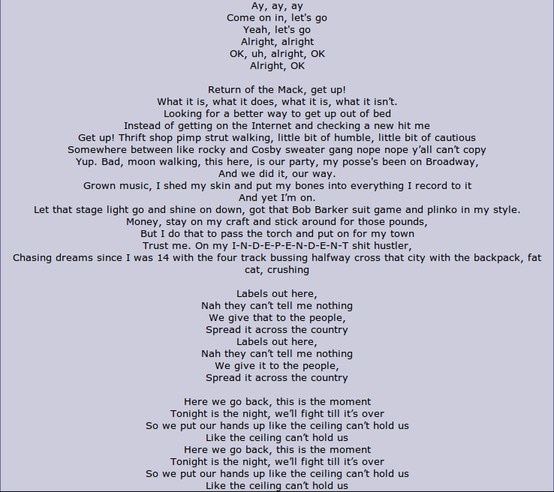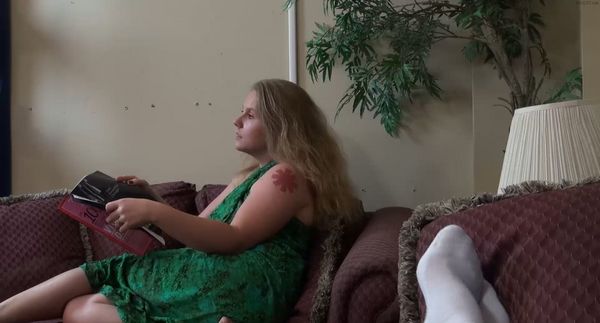Inner child integration
What is Inner Child Integration Therapy?
Do you realise many feelings, perceptions and beliefs you have learnt or accepted as a child are now unconsciously running your life?
Inner Child Integration work is about recovering ourselves and our authenticity, finding our true self or said differently becoming ourselves, finding our inner harmony and balance. We are no longer at war with ourselves, reacting to old programs, belief systems and coping structures. Healing our Inner Child creates wholeness and awareness and with this healing we can make conscious choices.
The Inner Child is not a literal child, it is a metaphorical “little you”. When we have not yet processed and not yet integrated emotions from childhood, the inner child takes the lead and runs the show causing limitations in our adult life. It prevents us from reacting as a mature and healthy adult, that can step back and, only then, act by choice.
How does it work?
The work is mostly experiential. It is not talk therapy. It is inclusive of many modalities such as Regression Therapy, Gestalt therapy, Client Centered Therapy and Psychosynthesis. Knowing when and how to use each tool and most importantly to adapt it to the specific needs of each client is the key to achieving optimum results. The American, Trisha Caetano, is internationally known as a pioneer in Inner Child Integration and Regression Therapy and has given trainings for medical doctors, psychologists and psychotherapeutic professionals in numerous countries for 30+ years. This therapy is recognised by the internationally acclaimed EARTh (European Association for Regression Therapy).
During Inner Child Integration Therapy you get in touch with repressed feelings and you allow them to be discharged. Often this discharge can be very intense, yet necessary. It helps clients release the toxic shame that has stifled their emotional development and kept them from becoming the person they intend to be.
Who is it for?
It is applicable to anyone, adult or young adult, who has had childhood wounds.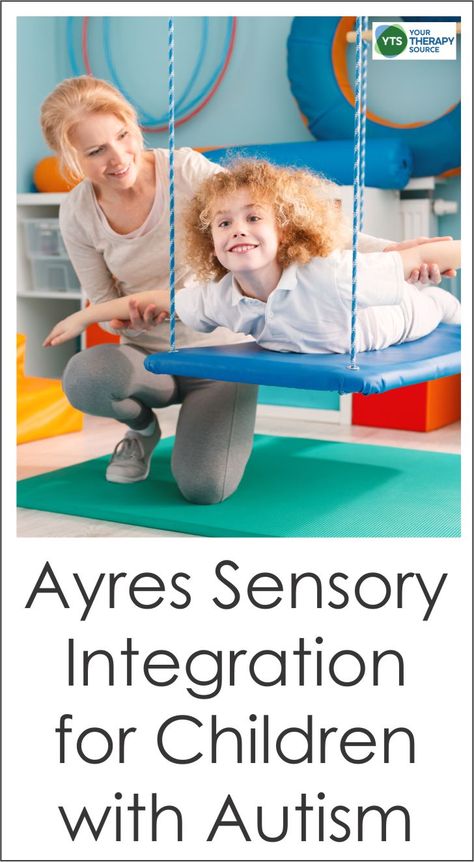 From physical, emotional abuse, to sexual abuse, neglect, loss of attachment figure, death or addictions; to name just a few. However, at times, we do not realise the wounds we get from our childhood. Childhood that we feel was standard and, all in all, quite happy. But no parent is perfect, even the most loveable one. In a way, to a greater or lesser degree, every family is dysfunctional . Thus this therapy is helpful to anyone who feels stuck in their personal growth and development.
From physical, emotional abuse, to sexual abuse, neglect, loss of attachment figure, death or addictions; to name just a few. However, at times, we do not realise the wounds we get from our childhood. Childhood that we feel was standard and, all in all, quite happy. But no parent is perfect, even the most loveable one. In a way, to a greater or lesser degree, every family is dysfunctional . Thus this therapy is helpful to anyone who feels stuck in their personal growth and development.
Applications:
Most of us have unconsciously repressed these childhood memories to protect ourselves. That loss of integration results in becoming split off from our authentic self. Over the years this split grows. To some degree, all of us have developed physical, emotional or behavioural symptoms, linked to our childhood, in our day to day life. It can be:
- muscular pain, eczema, sleeping or food troubles,
- anxiety, stress, lack of confidence, limiting beliefs, negative patterns that repeat themselves,
- relationship difficulties, addiction - no matter what is the drug of choice: food, shopping, alcohol,. ..
..
This list is not exhaustive.
What can you expect from Inner Child Integration Therapy?
You can expect to be liberated from the past, to live your life authentically, setting boundaries/saying no, being true to yourself and your needs, and becoming a healthy, mature adult. Little by little, you will become the person you were intended to be. You will find healthy relationships, enjoy the freedom of being yourself, and most of all, love yourself. If you are a parent, you will see the evolution of your reactions towards your children. You will take things less personally and be able to step back before acting.
To achieve this outcome, there is no magic wand: you must be committed and involved in the process. It takes time, effort, patience and energy. However it may become the best investment you ever make in your life.
Our hope is to become more conscious, to be free to make our own choices and not be ruled by our past programs. And last but not least: to not pass these wounds to our children.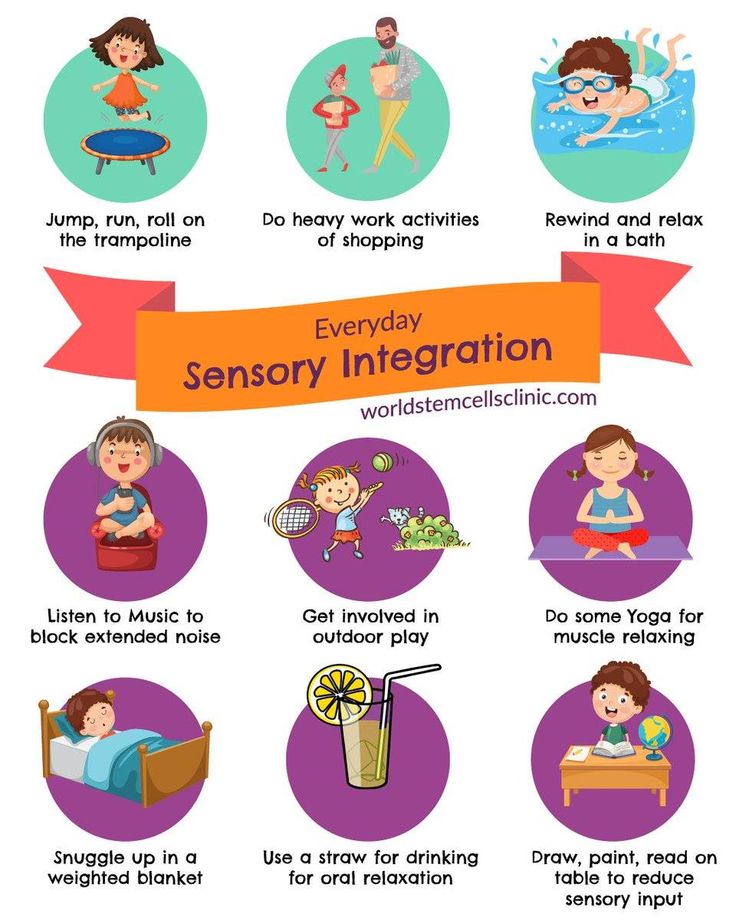
How to Do Inner-Child Work for Healing Trauma and Self-Acceptance
Inner-child work is a powerful tool for healing from psychological trauma, dysfunctional patterns, and self-harming behaviors. The inner-child is not a literal child, it is a metaphorical “little you”. The part of your psyche that is still childlike, innocent, and full of wonder.
World-renowned psychologist Carl Jung is originated the “Divine Child” archetype, while Art therapist Lucia Capacchione initiated the movement toward “reparenting” our inner-child in the 1970s.
Family Systems Therapist Virginia Satir was known to conduct “parts parties” in her group sessions, which involved having each individual call forth their own inner-archetypes ranging from the inner-child, the mother, the judge, the scrooge and so on.
She recognized that human beings are multi-dimensional and discovered that by working with and integrating all of our unique parts, we can heal and deepen in self-awareness.
By connecting with our inner-child, we gain access to new information about our unhealed wounds, and the needs that may not have been met when we were actually children.
Then, “reparenting” becomes the process of meeting those needs and practicing self-care so we can operate in the world as happy, functional adults.
Susan Anderson, the author of the Journey from Abandonment to Healing explains the layers of inner-child work in 3 parts – the Inner-Child, the Outer-Child and the Adult Self. Her explanation is really helpful when we seek to understand our own coping mechanisms and behavior patterns on a deeper level. My descriptions for the inner and outer child are adapted from her work.
Below, I cover how to identify your inner and outer child, the wounded inner child and the integrated adult. Then, we move onto how to reconnect, nurture and heal the inner-child.
Inner-ChildThe “little you” – tender, emotional.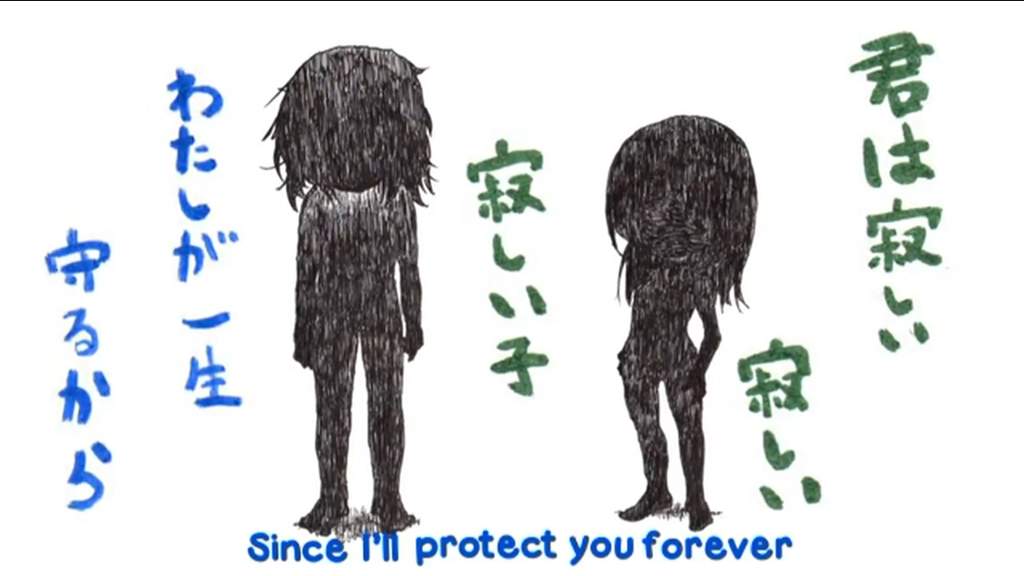 Your inner-child is the innocent part of you – all about feelings and your primal needs.
Your inner-child is the innocent part of you – all about feelings and your primal needs.
-
- Vulnerable and innocent
- Deep feeling and sensitivity
- Curious, creative and playful
- Craves love, recognition, and validation
- Desires connection and safety
- Open-minded
- Total in expression – be it anger, sadness, joy
Responsible for self-defeating behaviors, self-sabotage. The outer child responds to the inner-child and can over-protect by acting out.
-
- Self-defeating behaviors
- Loss of control over behavior and reactions
- Uncalibrated in the expression of anger
- Impatient and impulsive
- Self-centered and focused on having needs met
- Sabotages your inner-growth and fights change
- Over-protects inner-child by pushing love away
Response to emotional or psychological neglect.
-
- A deep-seated belief that you are broken.
- Fear of abandonment and loss of love.
- Insecure and low-self esteem.
- Loss of self in an attempt to gain approval from others.
- Fearful of setting boundaries or saying “no”.
- Seeking instant-gratification through substances, shopping, distraction, and procrastination.
When a healthy dialogue has formed between inner-child and adult self.
-
- Connected to body sensations and emotions.
- Can identify and clearly communicate emotions.
- Able to identify needs and make requests without anger or over-reaction.
- Remains true to self even in conflict.
- Self-honoring and able to set boundaries.
- Gives space to inner-child to have big feelings without shutting them down.
- Practices self-love and self-care.
-
- Do a body-scan – tune into your physical sensations.
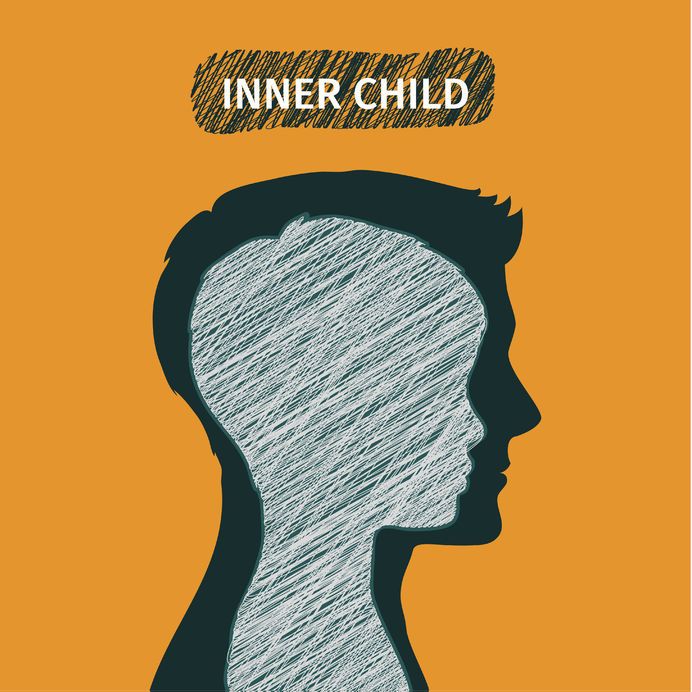 Connecting to your inner child requires that you go inward, rather than seeking distraction in times of emotional intensity.
Connecting to your inner child requires that you go inward, rather than seeking distraction in times of emotional intensity. - Close your eyes and visualize “little you”, form a dialogue. Ask questions like “what are you feeling, what do you need right now?” If you want help with this, download my “Free Healing Your Inner Child Meditation here“
- Draw a picture, paint, or make art that reflects your inner-child.
- Write a letter to your inner-child.
- Use mantras like “you’re safe”, and “I am here to take care of you”.
- Practice setting boundaries and building healthy routines.
- Practice self-care and take care of yourself as if you are your own parent.
- Take time to feel your feelings, and then take action when you are calm, grounded and stable.
- Do a body-scan – tune into your physical sensations.
Something I am judging/blaming/shaming myself over is:
I want to forgive myself so that I can feel:
When I made those choices in the past, I was coming from a place of (fill in the emotional experience you were having – fear, anxiety, insecurity) ___________.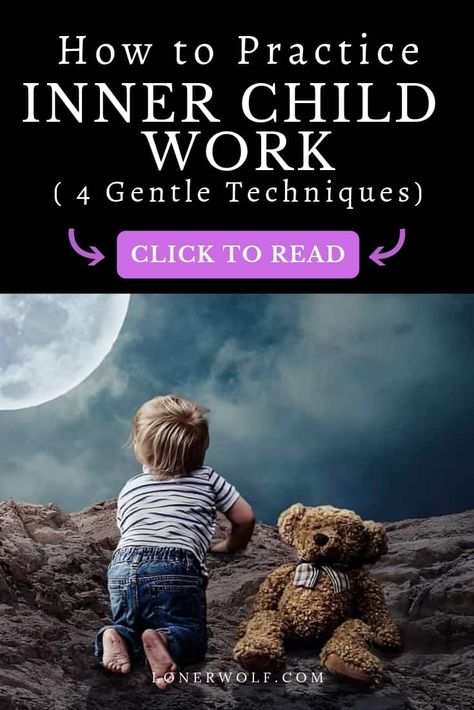
I now know that I was doing the best I could with the tools I had, and I see that my inner child was in desperate need of ___________. Fill in the blank (safety, love, validation, reassurance, empathy, nurturance.)
As an adult, I am going to help nurture that need in my inner child by:
Choose up to 5 things you can do to meet that need.
Examples:
- Appreciate myself for 5 things each day
- Do a 5-10 minute meditation daily”
- Cook myself a healthy meal
- Take a walk in nature
- Setting up a virtual coffee date with a friend who I can trust with my heart
- Take a bath and listen to gentle music
- Have tea and journal
- Go to bed earlier
- Drink more water
- Take care of my priorities
- Honor my commitments
- Only commit to things that feel aligned for me
- Say no and set boundaries
If I were a loving parent speaking to an innocent child who was feeling guilty for what they had done, I would tell them:
I deserve that same forgiveness too, and I am proud of myself for:
3 things that I acknowledge myself for today are:
1.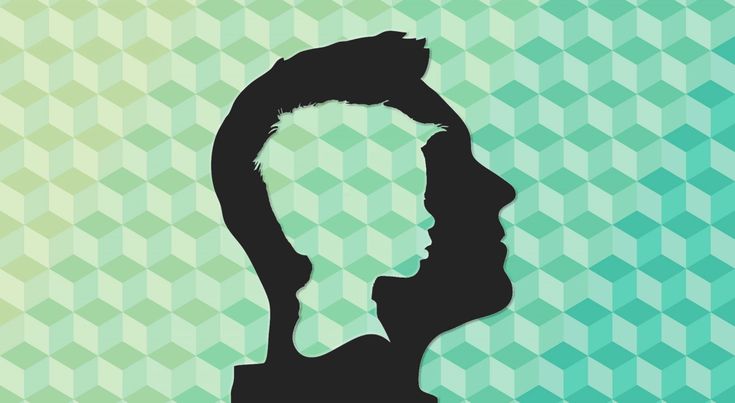
2.
3.
My self-loving affirmation for today/tonight is going to be:
Examples of affirmation: (you can borrow one or write your own)
- I am unconditionally lovable.
- I am perfect just as I am.
- I’m allowed to make mistakes.
- My feelings are valid.
- My experiences are valid.
- I’m doing a beautiful job with my healing work.
- I am worthy of love and forgiveness.
- I am whole and complete.
- I am safe.
- I am whole.
- I am worthy.
Tags: feature
Become whole. How to reconcile parent and child within
Liana Khaziakhmetova
There is duality in our soul - the inner parent is trying to get along with the inner child. As we grow up and learn how to behave in this world, we adopt behavioral patterns and beliefs from our parents. In the course of becoming a personality, the main figure that the boy is guided by is his father - this is the first role model of courage in his life.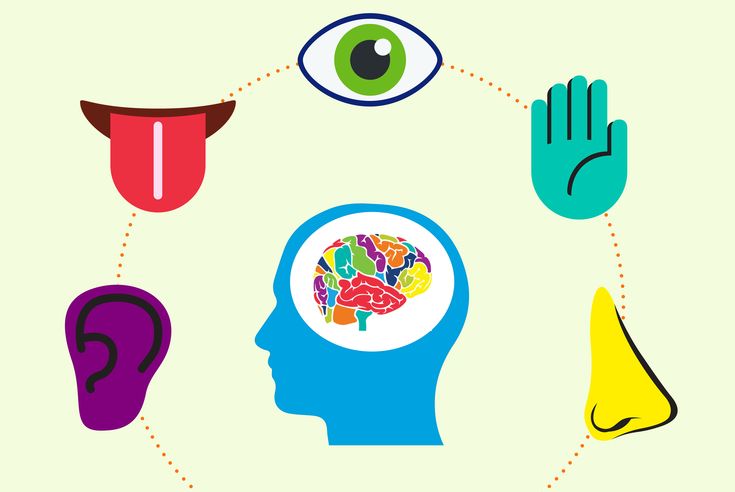 Similarly, for a girl, her mother acts as a guide and model of femininity.
Similarly, for a girl, her mother acts as a guide and model of femininity.
As we grow older, the voices of our parents continue to resound within us, offering protection and advice to our frail, fragile ego, or inner child. These voices are so ingrained in us that they become powerful archetypal energies that govern our psychological machinery. We nurture the "inner parent" in ourselves, already containing the archetype of the inner child, that is, the inquisitive, playful, creative instinct in the psyche. How to stop being torn into two parts and become a whole person?
The Power of Shakti
As we grow older, we move beyond our basic relationship with our outer parent. In order to enter adulthood, make decisions on her own and take care of herself, a girl on the way to maturity must break away from the model that binds her to her mother and acquire the same abilities of support and care in herself. In a sense, she should become her own mother.
Source
However, given the patriarchy in which most women were brought up, many turn away from the mother figure, denying and underestimating her most important qualities.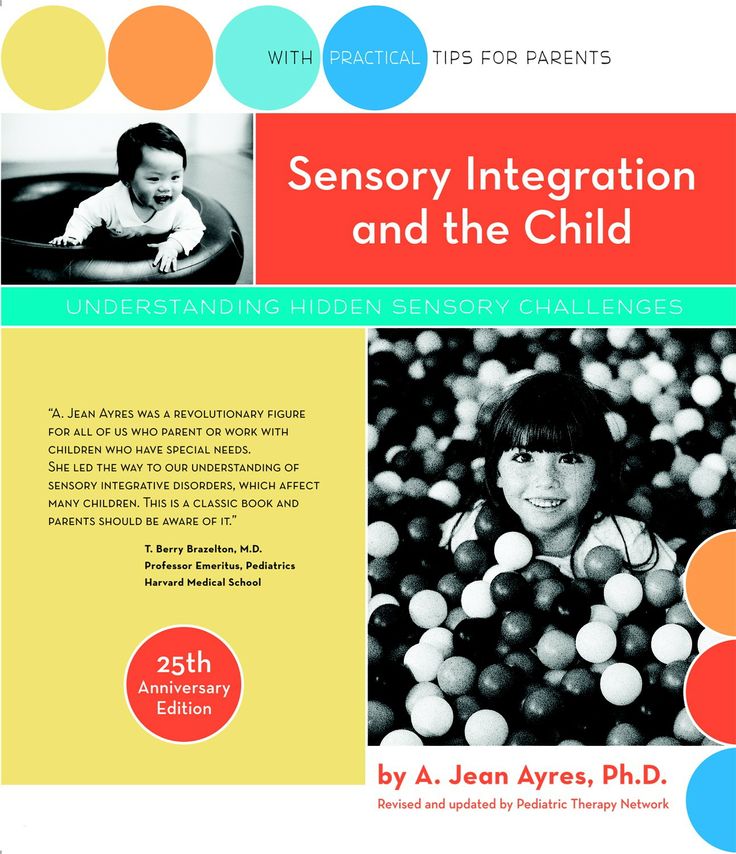 It causes a spiritual wound that needs healing. Healing will come with recognition of the value, acceptance and assimilation of the full potential of the mature femininity. This is how mature women become. A man does the same with the figure of his father, revealing and combining in himself all the positive masculine qualities.
It causes a spiritual wound that needs healing. Healing will come with recognition of the value, acceptance and assimilation of the full potential of the mature femininity. This is how mature women become. A man does the same with the figure of his father, revealing and combining in himself all the positive masculine qualities.
Healing the wounded inner child
The inner child remains at the psychological age of seven or younger. Ideally, it should remind us to have fun, take every moment with a fresh eye and be happy. Too often, however, the inner child is hurt in the early years and develops defense mechanisms such as tantrums, withdrawal, and self-praise to cope with difficult situations, feel safe, receive love, acceptance, and protection. As we grow up, the inner child may remain wounded, and wounds will inevitably show up in times of stress or danger.
Situations like this evoke reactions we used in childhood to protect or protect ourselves, and these reactions are repeated.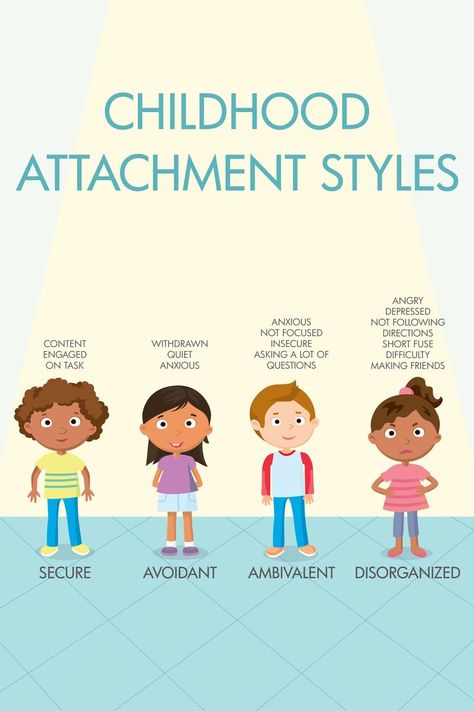
In childhood, such emotions as anger, self-pity, pride, may have been useful in difficult situations, but in adulthood they are not always adequate. As a thinking adult, you must identify your wounds and heal them by replacing unhealthy reactions with more effective ones. This will be a huge relief both for you and for those around you who have to deal with your inappropriate behavior. However, even understanding the damage that negative emotions can do to their health, people are often unable and unwilling to change.
The ingrained habit of negative behavior is still at their service. It may be the only way they know how to meet their needs, heal their wounded inner child, and implement the patterns that sustain life and its processes. Identifying your true needs and learning to satisfy them without harm to yourself and others is the most important aspect of becoming a whole person.
Food for thought
- What are your recurring emotional patterns? When did you first become aware of them?
- Why did you need them in the past? What are they for now?
- Can you identify the sensation that triggered the emotion and the unmet need behind that sensation?
- How can this need be met in a more harmonious and healthy way?
Adult life
Not only the parent and the child argue in the human soul.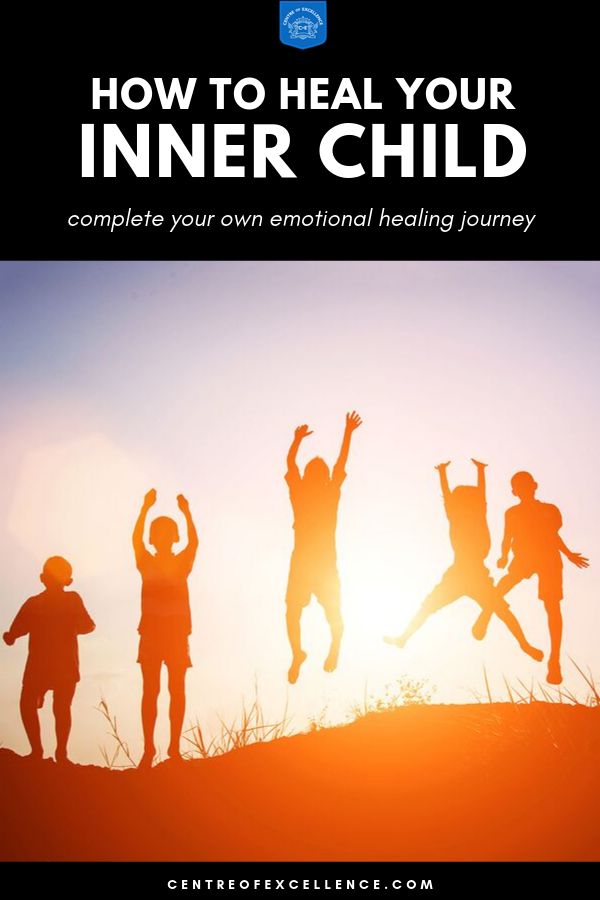 There are masculine and feminine principles in each of us, and in order to become whole, they also need to be reconciled.
There are masculine and feminine principles in each of us, and in order to become whole, they also need to be reconciled.
Once in adulthood, we are ready for the next level of integration, the "sacred marriage" of the inner masculine and inner feminine. In other words, we must return our lost halves in order to become a whole person. Becoming both a parent and a child, finding inner feminine and masculine principles in the creative dance of self-knowledge, we achieve the “reunion of the holy family” and turn into a whole, healthy, independent person.
Reunion of the holy family
In such a happy state, our inner union of man and woman gives us the opportunity to experience "hard love", and the union of parent and child makes us a "wise fool"!
Internal marriage
The yin-yang symbol denotes the sacred union of "a thinking woman and a sincere man", or "a wise woman and a sympathetic man". In other words, our inner masculinity achieves mature integrity by uniting with its complementary feminine principle; in exactly the same way, inner femininity achieves wholeness through the integration of complementary masculine qualities.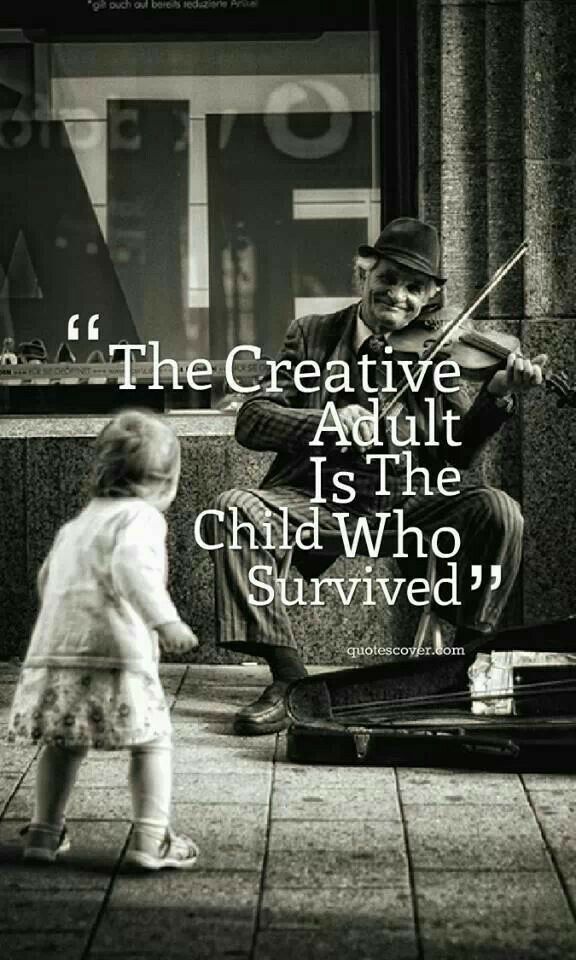
Inner marriage: a dance of love and power
The journey to inner marriage is a lifetime.
Considerable inner work is required to discover the other half, find and meet the beloved, and enter into a sacred union. It is about finding your own masculine strength and wisdom - Shiva, as well as the awakening of Shakti - a feminine, emotional nature that revitalizes and supports deep from within. Thus, both men and women become ardhanarishvara, combining the feminine and the masculine at the same time; each acquires its own unique wholeness.
When you become whole, you can build an absolutely harmonious relationship with any person, because you do not need anyone else to find your own completeness. Once you have individuated and become psychically whole, you know how to accept and include anyone in your life. You are able to "hold it all" in a way that helps others without making them dependent on you. You know how to give them space so they can go.
These are typical female abilities: to be able to maintain integrity and follow the path of life.
Wounds in men and women
Women's wound is adolescent in nature. Today, many women are psychologically stuck in the teenage stage of development and are not yet ready to grow into adulthood. A woman has to fight the myth of romance and dependence on a male figure who will appreciate her and be in a sexual partnership with her.
In men (or the inner masculinity), we are dealing with an even deeper, more infantile or archaic level of mental development, which could be ignored or left inferior.
Many men have a very vulnerable injured child inside, and they build a formidable defense system to cover this vulnerability. This manifests itself at times as aggression, a tendency to violently counterattack when they feel threatened. A deep wound is present in the collective male psyche and in the inner male principle. Because of it, most conflicts occur: violence, wars, terrorism, territorial disputes at home and at work, power games and behind-the-scenes fights.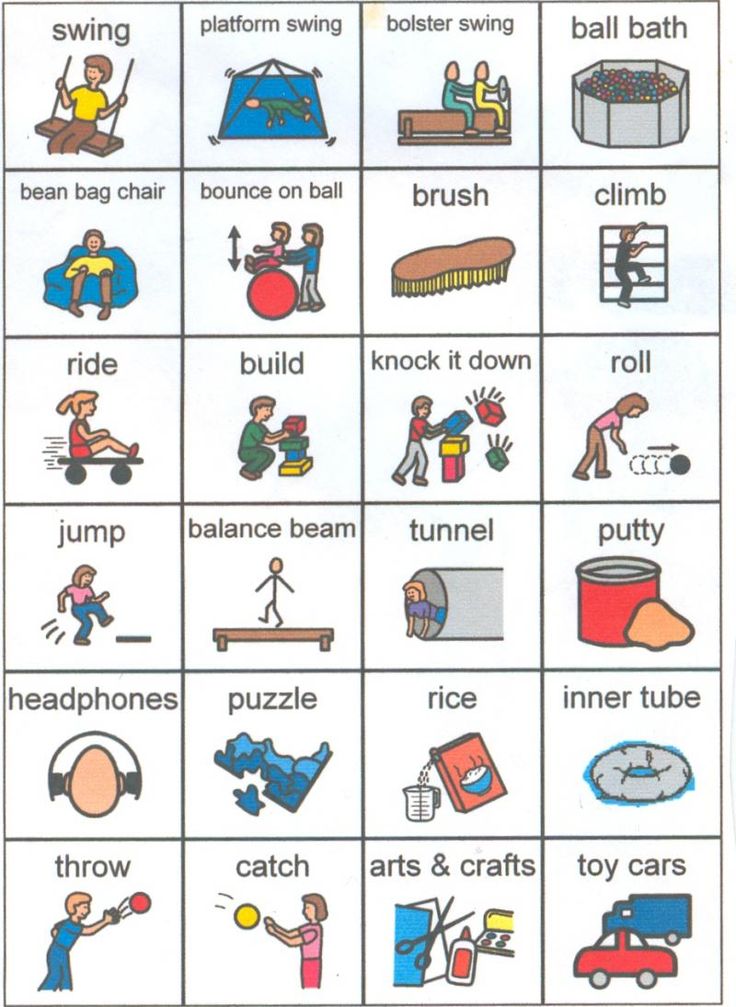
Hero's Journey
The first journey we must take for the sake of psychological wholeness is to connect our inner parent with our inner child. The path of the hero involves facing one's own fears and extracting the inner child from the unconscious.
Everyone can become a hero. Source
The second journey is the path to love. Having united with our inner child and inner lover, we become a mature person and are now ready for the third journey, the greatest human adventure: moving towards the superconscious, into the arms of our higher self, in order to realize the potential previously attributed only to divinity.
So, no matter what gender we are, the hero within us must go through three paths of search: once for testing when we overcome our fears, then for relationships when we come to love, and finally for enlightenment when we we acquire self-control and the ability to selflessly serve the world around us.
Based on the book "The Power of Shakti"
Post cover: unsplash. com.
com.
The way to your inner child. How to Stop Impulsive Reactions, Set Personal Boundaries, and Accept Authentic Life
Copyright © 2020 by Robert Jackman, LCPC
© Kamakina N., translation, 2022
© LLC AST Publishing House, 2022
* * *
Healing your lost inner child. How to stop impulsive reactions, set healthy boundaries, and embrace authentic living.
ROBERT JACKMAN - Master of Science, Licensed Clinical Professional Consultant, Professional Mental Health Consultant.
Reviews of the book
“Robert Jackman's Path to Your Inner Child is a rare find among tens of thousands of other self-help books. Jackman brilliantly conveys his original ideas, concepts and clinical guidelines while drawing on the most cutting-edge information on trauma care. Readers suffering from attachment trauma will appreciate Jackman's genuine and compassionate passion for this topic. His understanding of complex injuries and his consistent instructions for treating them will change the reader forever.
This brilliant book inspires optimism and gives you the courage to delve deeper into those aspects of your life that have always been covered with a veil of shame and find healing.
– Ross Rosenberg, M.E.D., licensed clinical professional consultant, certified alcohol and drug addiction counselor, drug addiction treatment center psychotherapist, author of The Human Magnetism Syndrome. The Codependency Cure™ and creator of the Codependency Cure™
“Journey to Your Inner Child” is a wonderful book written in an accessible way by a highly empathic, compassionate therapist. The book is written very consistently and, despite its depth, is very easy to read. In his unique, artistic way, Robert Jackman weaves his hard-won, field-tested wisdom into the narrative, making it useful, directed, and yet grounded; the author's painful experience helps readers transform their own experiences. As I read the book, I felt the parts of my soul in need of healing open up, absorbing his wisdom.
Your inner child will thank you for reading this book.
- Stacey Dicker, PhD, Psychologists, author of Psychoastrology: Use the Wisdom of the Cosmos to Find Balance and Improve Your Relationships
“Robert Jackman is a very insightful and dedicated healer with a lot of experience. In Journey to Your Inner Child, he gets to the core of what exists in each of us and how that core affects the way we view life and interact with others. It guides us on the path to self-understanding based on our life history and helps us develop the tools to achieve deep satisfaction and happiness for ourselves and those we love. Wandering through the jungle of your past on the path to understanding, forgiveness, and well-being through the healing process is an exciting experience. Whether you've been lucky enough to (partially) heal, or are still stuck in a toxic drama, you'll find deep wisdom for every situation in this book.
- David Broomwell, MD
“This masterpiece allows the reader to develop self-awareness, helping them to know themselves deeper, heal and wake up renewed.
We all have inner principles that help us grow. Robert Jackman helps us use the power we have to heal a lost part of ourselves."
- Jamie Cruz, MSc Social Work, Licensed Clinical Social Worker (Trauma Therapist)
“If you take the time to work through Robert Jackman's The Way to Your Inner Child and the healing process, I am sure you will see profound results. This is a clear, compassionate, and effective guide to healing and inner well-being, written by an expert psychotherapist. This book can be used as a program to create inner and outer relationship balance that can bring you real joy. I highly recommend this gentle yet direct and trauma-focused guide to anyone who wants to do the sometimes uncomfortable work of deep healing. It will be an important resource for therapists and clients alike. The exercises alone are worth more, far more than the money we pay for a book.”
- Scot Conklin, MFA, LCC
Do I always do this?” Using candid language, he gives many examples of real people seeking to uncover the source of their childhood wounds and the boundaries they have built to protect and overcome the trigger events of many adult actions.
Revealing and healing the wounds of the past, building comfortable and secure boundaries for the future, and embracing authentic living are goals we should all strive towards. Jackman gave us a great roadmap for our journey."
- Attorney Karen L. Hawkins, Juris Doctor, LL.B. (Hon. to your inner child” Robert Jackman has created an extensive resource for therapists and all those who need to heal internal wounds. Using research, anecdotes and case studies, Jackman helps the reader, who seeks inner wholeness, move away from childhood wounds. I think the world will be a better place with this book as we all need to heal our inner child. I highly recommend this book to physicians and anyone who wants to experience healing."- Joe Sanhok, podcaster and licensed counselor, creator of the Practice of the Practice podcast, then “The Path to Your Inner Child” is what you need. Robert Jackman has created an excellent detailed roadmap for identifying and healing the inner dynamics that affect our repetitive and painful life patterns.
It is very accessible, easy to use, and filled with heartfelt, hard-won wisdom. Jackman goes through specially designed exercises with us and uses examples from his own life and practice to bring clarity to confusing situations. The book inspires and delights.
– Mark Pletcher, M.A., LCP, Psychotherapist, and Relationship Coach“In Path to Your Inner Child, the author captures the essence and intricacies of the healing process. Those who are serious about self-healing will find these stories close to their hearts and the exercises very meaningful.”
- Joel J. Hass, MD, Family Practice Physician, Nantucket, MATo my parents Rose Mary and Bob Jackman
Thanks
To my late parents, Rose Mary and Bob Jackman: Thank you for always believing in me, filling my heart with your love and helping me open up.
It was you who instilled in me feelings of love and faith in myself. Thank you for always supporting me in my quest to follow my dream and go for it. I miss your presence on Earth every day.
To my sister, Cindy Van Lier: thank you for always being there for me, for the spark of life and the brightness you bring to this world. Thank you for being more than a sister to me - you are my friend. You give me many reasons every day to be proud that I am your big brother. I can't imagine life without you. You have outer and inner beauty. I love you.
To my beloved Drew Caldwell: thank you for your kindness and warmth, love and devotion over the past thirty years. Thank you for thinking me incredible and capable of doing anything. Thank you for your mercy and empathy in those moments when my wounds opened. Without you, I would not be who I am today, and I cannot imagine anyone else in your place. I love you.
Thank you to everyone who has come to me throughout my career for professional help and shared stories about their inner child.
My consciousness is expanding, learning and enriching thanks to each of you, and for this I respectfully thank you.
To all the friends who have listened to me again and again about the book I am writing and who have given me endless support and love, thank you.
To my Victories for Men brothers [1] : your expression of authenticity helped create a safe place where I was able to find and discover myself. In 2008, I began working to get to know myself better and discover ways to heal my wounds. I started attending Victories for Men weekend events where I met other men who were also looking for a way to heal their inner child. I could see brave and vulnerable, open and sympathetic men. Not only have I met like-minded men and built close friendships, but I have also learned to demonstrate healthy masculinity. I corrected much of my distorted vision of what it means to be a man and worked through my childhood wounds, allowing me to fully embrace my authentic self.
Thank you brothers.
To my mentor, Christine Armstrong, who taught me the value of creating strong boundaries for a fulfilling life, and that self-love can be found in a past full of wounds. Your wise advice for many years has helped me much more than you think. Thank you for your friendship.
I am grateful to my second mentor, the late Rev. Don Burt, who taught me that “family is where a person comes from” and that I am a spiritual being with a human experience.
Special recognition is given to the guides and thought leaders in the fields of psychology, philosophy and spirituality who have influenced my own healing as well as my healing work.
I am grateful to the late John Bradshaw, author of Coming Home: Reviving and Protecting Your Inner Child. Twenty years ago I attended a weekend seminar where John Bradshaw and Claudia Black told us about his journey and I learned how to get even closer to my inner child. I believe it was John Bradshaw who helped me understand the profound healing that writing a letter to the inner child can bring, how integrating it with the adult self can be the key to the whole process.
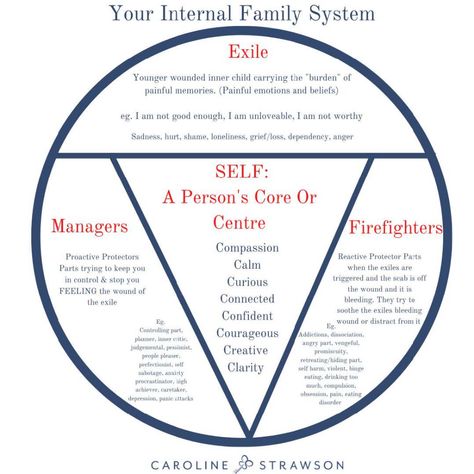
I am grateful to Pia Mellody, author of Meet Codependency: What It Is, Where It Comes From, and How It Intervenes in Our Lives for her revolutionary work in the field of codependency. I went to her intensive week-long training called "Post Induction Therapy" where I learned about the concept of exploring the past through chronicling the trauma and identifying wounds received in the process of trauma. In addition, I learned from her work how we overcome childhood trauma, the function of healthy boundary systems, and how they create security in our personal relationships. I continued her work by creating the concept of the Impulsive Response to Injury Instrument, the concept of chronology, and the Emotional Response Scale. The term "functional adult" was first coined by Pia Mellodi and Teri Rial.
I am grateful to Babette Rothschild, author of The Body Remembers: Psychophysiology and Treatment of Trauma, which helped me clearly understand how the brain works during traumatic experiences, how the body maintains the resonance of trauma.
She also helped to understand the role of the psychotherapist in creating a safe environment for the exploration and treatment of trauma by other professionals.
Thanks to my friend Ross Rosenberg, author of The Human Magnetic Syndrome. The co-dependent narcissist's trap." In his book, Ross explores narcissistic and codependent attraction and explains the origin of the deep wound patterns that constantly surface in codependent behavior until healing occurs. Thank you for showing the way to so many people, Ross.
At the beginning of my psychotherapeutic practice, I was inspired by the psychologist Carl Jung, who is often called the founder of the concept of the inner child in his divine child archetype. Jung wrote: “In every adult there is a child stuck, an eternal child, something that is still becoming, never ending, in need of constant care, attention and education. It is a part of the human personality that would like to develop into integrity” [2] .
I am grateful to Dr.
Eric Byrne, author of The Games People Play: The Psychology of Human Relations, who developed the concept of transactional analysis. Dr. Berne also developed the idea of the child's ego state, which eventually became known as the concept of the inner child. According to his theory, the ego state, or inner child, is the part of us that blocks emotional energy. To heal, you need to reconnect with your inner child, give that part a say so that it can ease that pain. His work, along with other writings that have influenced me, helped develop the idea of the responsible adult and the concept of the age of wounds more fully.
Other inspirations that influenced my work were: Louise Hay, author of Heal Your Life, Alice Miller, author of The Gifted Child Drama and the Search for Self, Dr. Bessel van der Kolk, author of The Body Remembers All. What role does psychological trauma play in a person’s life and what techniques help to overcome it”, as well as Dr. Joe Dispenza, author of the book “The Supernatural Mind.
How ordinary people do the impossible with the power of the subconscious.
Special thanks to my editor, Jessica Vineyard of Red Letter Editing. Jessica, you were a real Sherpa, guiding my every step and helping me realize my dream. Thank you from the bottom of my heart. With the help of your expert opinion and inspiration, my ideas and concepts have come to light.
Thanks to Martha Bullen of Bullen Publishing Services for her expertise in helping me refine the message of this book and prepare it for publication. Christy Collins of Constellation Book Services, thank you for making my books look great inside and out. You are both goddesses who helped bring this book to life. Thank you.
Introduction
Most likely, you picked up this book because there is a relationship model in your life that you are already tired of and just want to change something. Perhaps you have tried to break this vicious circle. Perhaps you have tried to deal with its manifestations.
You may even have gone to therapy, but these same tiresome patterns keep appearing in your life. Nothing works.
Have you ever asked yourself the following questions?
• Why do I keep making the same mistakes in my life?
• Why do I keep surrounding myself with toxic people?
• Why do I feel like there's a hole inside me that won't close?
• Why do I delegate and let others define my identity? Why don't my feelings matter?
• Why do I push people away from me, even good ones? Why can't I let them in?
• Why am I rude to people and then promise not to do it again?
• Why do I keep changing myself for the convenience of others?
• Why is it so difficult to be loved? Is it even possible to love me? Why do I constantly doubt and criticize everything I do?
• Why do I feel such pain and anger?
• Why do I do so much for others and nothing for myself? Why am I so disrespectful to myself?
• Why do I feel the need to be responsible for everything and everyone and always in control?
• Why do I keep dating or marrying someone who is not right for me?
• Why do I consider myself a worthless loser?
• Why do I want to run away from my life?
At one time or another, we have all asked ourselves these questions.
Some try to answer them on their own or ask relatives or friends to explain what is wrong. This often results in us getting a lot of useless opinions from others and then feeling even more confused than before. People usually tell you what they would do, which is like taking advice from a bumper sticker.
The answers to these questions lie deep within your soul. There is a lost, wounded inner child in your heart who has inner wisdom and longs for appreciation and healing. This unrecognized pain lies at the root of all these questions. When these wounds make themselves felt, they are simply dismissed as impulsive and overreacting.
It takes a lot of courage just to look inside yourself and see pain and confusion, despair. Of course, millions of people have come to terms with the idea that this is how life should be. They don't feel like doing the hard work of healing themselves. Many gladly react to life in the same way over and over again, each time expecting a new result.
The fact that you have picked up this book shows that you are ready to listen to your own wisdom and pain and hear what they have to say. You are ready to heal and change your response to life.
You are probably very familiar with some of your patterns and you are probably aware of your emotional pain, but you probably do not understand where it came from. You are aware of everything you have tried to do, what has worked and what has failed.
The Healing Process (HEAL is an acronym for "healing and embracing an authentic life") is a hands-on approach to healing and letting go of broken patterns that are rooted in emotional wounds received a long time ago. This is a transformation process that will help you open up and heal the hurt parts of yourself that no longer serve you and take you to a new stage of inner healing. The process combines many approaches and exercises that will help you connect with some of the root causes of the reactions and responses you have had. As you follow this transformation process, you will begin to understand and acknowledge the specific wound patterns that you hold on to.
As you go through this process, you will feel that your wounds are integrated with your responsible adult selves and selves are no longer unknown or lost. Not only will you understand why you are making these impulsive decisions, but you will also recognize the larger patterns that keep you from feeling fully fulfilled. You will go from just emotional survival to emotional flourishing.
This process is not only about regaining a stable authentic self, but also about how to recognize your resilience in maneuvering through everyday difficult situations. This work will help you to give due respect to those parts of yourself that have worked hard to keep you safe, and to look at those parts that work against you and do not allow you to claim an authentic life. You will learn to identify the illusions and negative, limiting judgments you have about yourself. As you go deeper into the healing process, you will begin to understand how these impulsive reactions relate to childhood wounds.
Through this process, you will learn to feel more whole and in control of your life.
Through the healing process, you will help those parts of you that were hurt at an earlier age, that hurt inner child of you that feels lost and searching, reconnect with your adult self. Until healing occurs, these wounded parts will continue to awaken, feverishly stepping forward to gain control of the situation and impulsively make bad decisions, the consequences of which your responsible adult self will then have to deal with. The work you will do will help your adult self develop the mechanisms needed to go back in time and give a comforting hand to the young wounded parts. Your adult self feeling confident and secure and in control will strengthen your love for the younger self who feels lost. Set strong boundaries and tell wounded units that all will be well. You will learn to recognize how and when this younger part manifests, and to ask this part of yourself what it needs to heal and reunite with the adult self.
After all, it is necessary to know where we came from in order to understand where we are going.
As you read the real stories and work through the exercises in each chapter, you will see all the relationship patterns that were established in your early years. Once you see the patterns and themes that keep happening in your life, you will no longer be able to unconsciously repeat them. The moment you see the patterns—when the light comes on and clicks—will be a moment of healing, a moment of mercy. In fact, in the process of healing, you will have many more times to exclaim: “Aha!”.
Over time, you will begin to see and feel changes in yourself, becoming the conscious creator of your world instead of impulsively reacting to it. You will come out from under the influence of illusions and dreams; you will live a real life, available first of all to you, and then to the rest. Know that you will be able to transform the emotional pain you carry within yourself and let go of the falsehood that you are destined to carry all your life due to emotional wounds.

Working on the inner child helps us get to the bottom of the problem - the key wound, and not just put a band-aid on the sore spot and hope that everything will heal on its own. I did not invent the concept of working on the inner child, I have been preceded by many authorities who have developed different approaches to the wounded inner child. I say with respect and humility that my work was born from the efforts of many other people. Here I offer my approach to working on the inner child and a way to reconnect with your authentic and resilient self through moving through the ranks of your wounded parts.
In my psychotherapy practice, I look at how functional and strong a person is, how he copes with the situation, and not just concentrate on his efforts or failures. I look beyond their apparent pain and reach out to the part that is wise, authentic and resilient, encouraging that part to come forward. This positive psychology invites the healed part to become a leader for the wounded part.
As you work through this book, you will see how your wise, authentic, and resilient parts have always stayed with you, waiting for you to invite them to help your wounded parts.
You will find that some of the information speaks directly to your experience, while others help you see the other person's efforts. Even if, as you go deeper into the process, you feel like your emotional baggage is too heavy, believe in yourself. You will begin to see clearly when, where, and how you got to where you are now, and what steps you need to take next.
As you read through the chapters of this book, you will encounter parts of yourself that are difficult to explore, and this is completely natural and normal. You will need to keep a notepad handy for doing the exercises in each chapter. If one day the exercises prove too much for you, you may want to speak to an experienced therapist who is familiar with working with the inner child.
Please note that definitions of italicized words can be found in the glossary at the end of the book.
